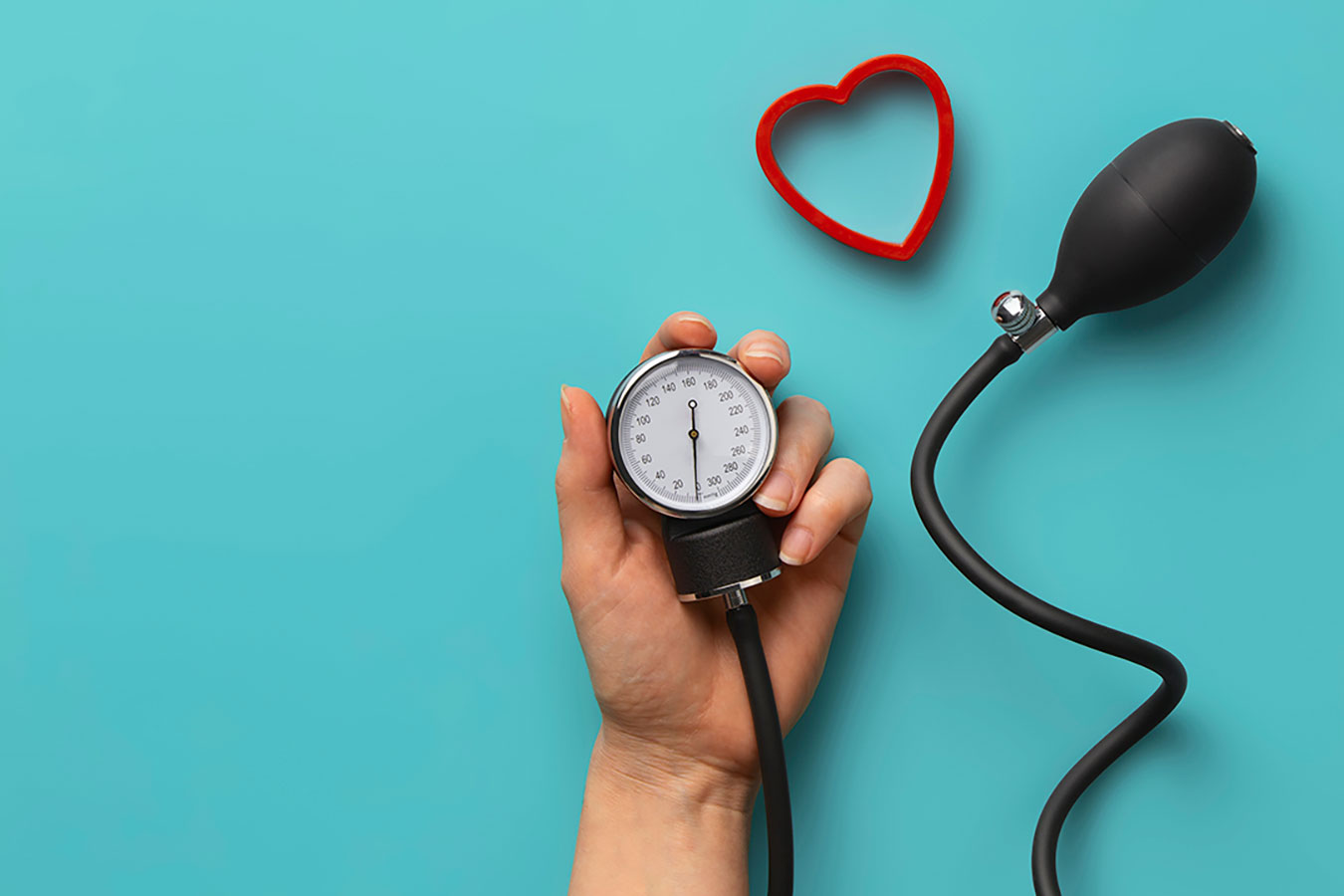
Medicine Cabinet
By Teodoro B. Padilla

May is Hypertension Awareness Month, an annual celebration that aims to raise awareness on the prevention and management of high blood pressure. Hypertension is one of the leading causes of sickness and death in the Philippines. It is a major risk factor for heart attack, stroke, and kidney disease, which are among the top killer diseases in the country.
Unfortunately, the prevalence of hypertension among Filipinos has been progressively increasing since the 1990s. This was revealed by the PRESYON series of nationwide surveys conducted by the Philippine Heart Association (PHA) since 1998 to determine the awareness, treatment profile, and control rates of Filipinos with hypertension.
PRESYON-1, conducted in 1998, found a hypertension prevalence of 22%. PRESYON-2 in 2007 showed a prevalence of 21%. By 2013 when PRESYON-3 was conducted, this figure had risen to 28%. The latest study, PRESYON-4, conducted in 2021, revealed a hypertension prevalence of 37%, meaning almost four out of 10 Filipinos have hypertension. Moreover, the increase in the prevalence of hypertension from PRESYON-3 to PRESYON-4 was relatively larger (a 32% increase) compared with previous PRESYON studies, in which the rate of increase ranged only from 3% to 4%.
The prevalence of hypertension among males and females was equal (50%) in all four PRESYON studies. In terms of the risk profile among Filipinos with hypertension, the PRESYON study series showed a decrease in smoking rates (from 31% to 25%), an increase in obesity (from 9% to 15%), a decrease in diabetes (from 7% to 5%), a decrease in heart attack (from 1.3% to 0.4%) and a decrease in stroke (from 12% to 1%). While the significant decrease in stroke is certainly a welcome development, the increase in the number of obese Filipinos hypertensives and the persistent smoking prevalence are concerning.
PRESYON-4 revealed a high prevalence of hypertension (72%) among Filipinos 60 years and older, with 71% aware of their condition. The study authors, Sison et al, believe that the high prevalence of hypertension among the elderly and the high level of awareness may be because these patients have had their diagnosis confirmed, have undergone work-ups, are on maintenance anti-hypertension medicines, and are seeing their doctors regularly.
Hypertension prevalence starts to increase at 40 years of age (51%), rising incrementally with advancing age, and plateauing at age 70 and older. However, the authors pointed out that the prevalence of hypertension in the 30-39 age group increased significantly — almost fivefold compared with that in individuals aged 18 years.
Another interesting finding is the apparent shift in the prevalence of hypertension from urban to rural areas. Compared with PRESYON 3, PRESYON 4 showed a slight decrease in the prevalence of hypertension in urban areas (from 53% in 2013 to 51% in 2021), but a slight increase in rural areas (from 47% in 2013 to 49% in 2021). “This may reflect a gradual ‘urbanization’ of the rural areas,” explained the authors, alluding to risk factors common in urban areas including an unhealthy diet and lack of physical activity, among others.
Nearly seven out of 10 Filipino hypertensives (68%) were on some type of anti-hypertension medication and had a blood pressure control rate of 38%.
The compliance rate with anti-hypertension treatment was high at 86%; however, among medication-compliant individuals, the blood pressure control rate was only 39%. This, the authors explained, could be partly due to the fact that 79% of the compliant patients were on monotherapy. Clinical trials have proven that more than two anti-hypertension medicines are needed to achieve target blood pressure control, the authors stressed.
According to the authors, there may be “therapeutic inertia” among physicians, i.e., a lack of timely adjustment to therapy when a patient’s treatment goals are not met. As such, the authors recommend continuing medical education (CME) on optimizing blood pressure control, especially the use of anti-hypertension medicine combinations. Another possible factor hindering optimal hypertension management is barriers to medicine availability or accessibility, particularly in remote areas of the country, the authors added.
The authors also expressed concern over the low rate of home blood pressure monitoring among hypertensive Filipinos. Regular BP monitoring at home can alert individuals promptly of the need to see their doctor for adjustment or modification of their anti-hypertension medicines. It can also give patients a stronger sense of control over their health and motivate them further to control their blood pressure with a healthier diet, increased physical activity, and proper medication use.
The innovative pharmaceutical industry is committed to work with government and other key stakeholders in strengthening the country’s healthcare system to enhance the availability, accessibility, and affordability of essential medicines, including anti-hypertension medicines needed by Filipinos.
Teodoro B. Padilla is the executive director of Pharmaceutical and Healthcare Association of the Philippines (PHAP). PHAP represents the biopharmaceutical medicines and vaccines industry in the country. Its members are in the forefront of research and development efforts for COVID-19 and other diseases that affect Filipinos.